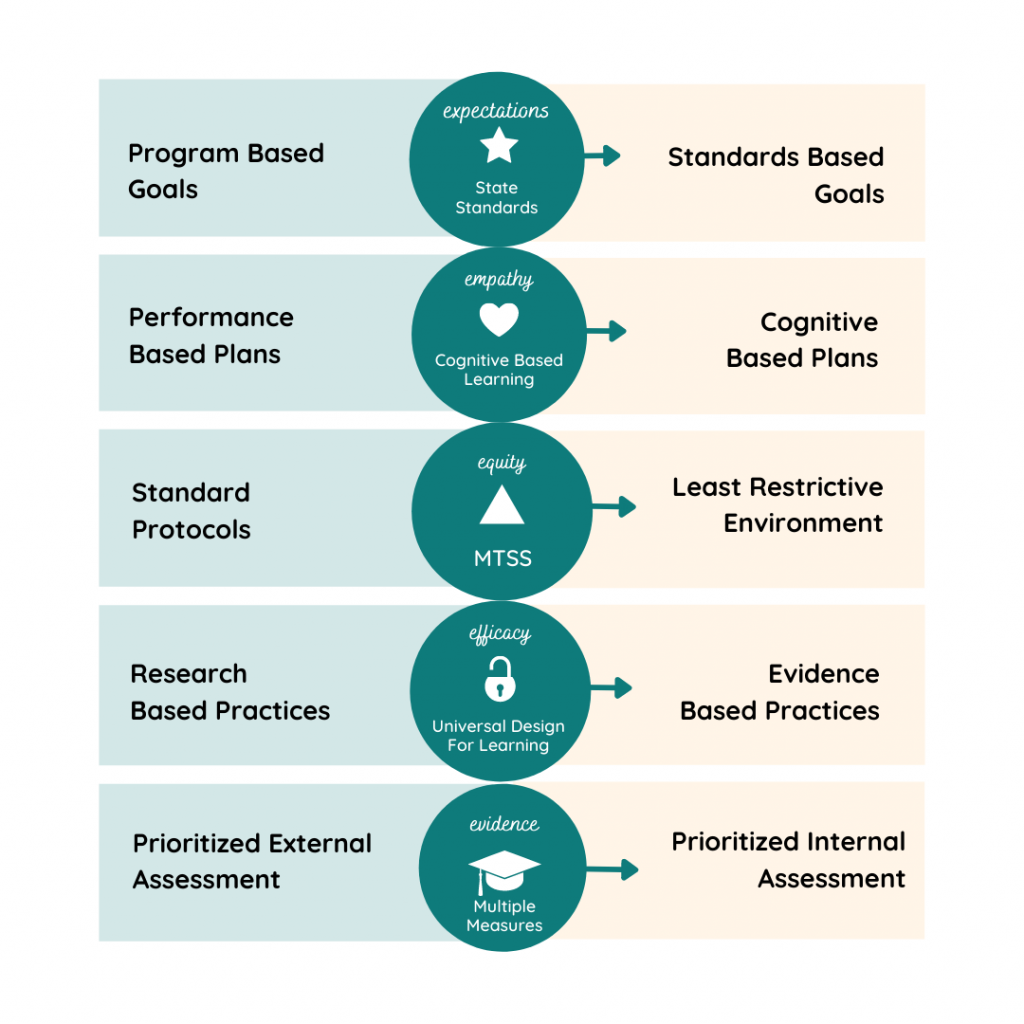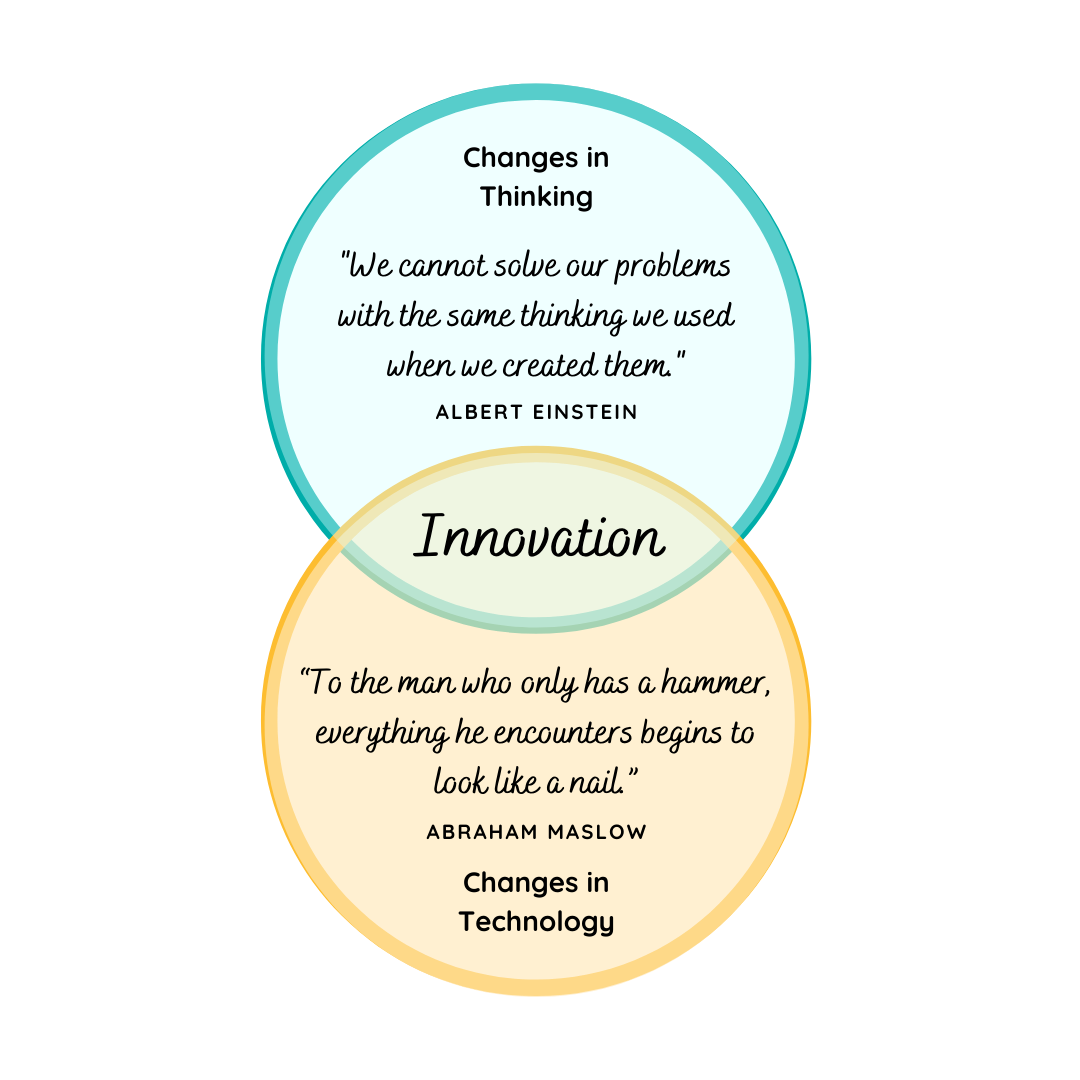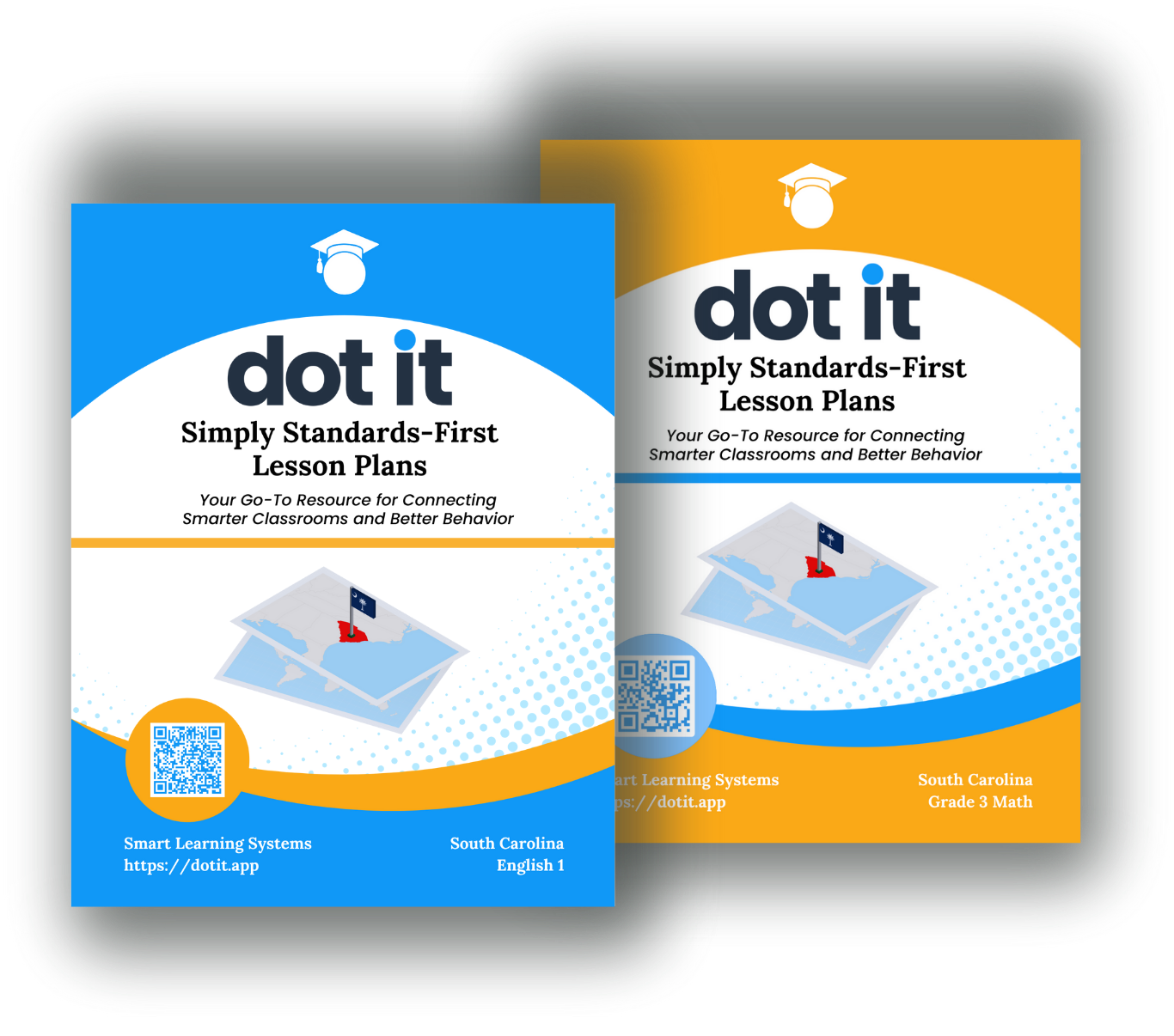History doesn’t repeat itself but it often rhymes. -Mark Twain
I remember the looks from people when I was a CBM trainer for DIBELS. It felt like 95% of the room looked at me like I was asking them to teach on Mars. It took a long time for people to use the tools of NCLB. Now everyone is using them everywhere for almost everything. There is little doubt that NCLB technologies have had an impact on how educators think. How do you shift from NCLB to ESSA?
With the passing of the Every Student Succeeds Act (ESSA), does your technology match the thinking you need now? Are you still using NCLB thinking and technology to solve ESSA problems? Although the Every Student Succeeds Act has been law since December 2015, many schools are still using the thinking and technology left over from No Child Left Behind.
What is the purpose of ESSA?
According to the statement of purpose in ESSA, “The purpose of this title is to provide all children significant opportunity to receive a fair, equitable, and high-quality education and to close educational achievement gaps.” Under NCLB, schools used the recommendations of the National Reading Panel to analyze the reading process. Thinking and technology broke reading into 5 parts or the 5 Big Ideas. Then, districts implemented science-based reading research (SBRR) to improve each part.
As a result, everyone monitored progress on each part or skill. Therefore, educators gained knowledge about the PROCEDURAL PARTS of the reading process. That was an important step. Now the bar has been raised again. The new standards require that we not only master basic skills, but that we develop higher order thinking as well. This not only applies to reading. The new standards require students to apply higher order thinking to math, writing, and even social emotional learning.
One Big Problem: Are You Stuck In NCLB?
Do your MTSS plans and IEPs give all students access to grade-level expectations? Are your MTSS plans and IEPs empathetic to individual cognitive challenges and impacts? Do your MTSS and IEP teams write plans with evidence-based strategies that help everyone access the core curriculum? Do your teachers know how to form and teach small groups to provide response opportunities? Are your MTSS and special education services equitable? Do you have a defensible continuum of support? If you answered “no” to any of these questions, you are not alone.
The problem with NCLB is not that it did not work. The problem is that it DID work. People do not resist change because of failure. They resist change because they believe that what they are doing is successful. Ultimately, the people who are most successful in the last paradigm are the the hardest to convince that it is time to change.
Making the shift is not as hard as you might think. What worked under NCLB was a connection between the thinking from “up there” and the technology “down here” on the ground. (There is more to say about the image we have of who is up and who is down. That is for another post!) With the right thinking and the right technology, you can make the shift to ESSA quicker, clearer, and smarter than you might believe is possible.
Two Key Shifts: Thinking & Technology
How to Shift Your Thinking
To meet the new expectations, education needs to innovate once again. Innovation emerges from changes in thinking interacting with changes in technology. This is what made NCLB “stick.” Under ESSA, school leaders are learning that it is the CONNECTION between the parts that leads to success. When it comes to academic achievement, the whole is really more than the sum of the parts.
For example, I remember working with a young man who did not know all of his letter sounds. Does that mean he has to learn all the letter sounds before he can read? No. We started with the 5 sounds that he does know and used them to teach decoding, fluent text reading, vocabulary, and comprehension. Next we will folded in new letter sounds and connected them from sound to word to text. This is one way educators are learning to CONNECT the WHOLE. Under NCLB, we likely would have progress monitored on this one skill until it was mastered before moving on to the next one.
How to Shift Your Technology
Consequently, it is not sufficient to teach ESSA expectations with NCLB tools alone. The new expectations of ESSA require using technology that fits. Consider technology that:
- helps teams address cognitive challenges to higher order thinking and their impacts.
- facilitates the improvement of pedagogy.
- maintains compliance in plans, schedules, and documentation.
- monitors tasks that are visible evidence of students’ mastery of standards aligned to the state assessment design.
Most important, find technology that makes the work of teachers more efficient to save them precious time for what matters most… connecting with their students.
Five Essentials for How to Shift From NCLB to ESSA
Innovation is the practical implementation of ideas that result in new or improved products or services. You still need the knowledge and skills you learned from NCLB. Remember, it is the successes of NCLB, not the failures, that are keeping many schools stuck. It’s that and the uncertainty of what to do next. However, if you stay stuck in NCLB and don’t continue learning, your achievement gaps will continue to widen.

Take the First Step
The first step for how to shift from NCLB to ESSA is start thinking differently and finding technology that matches your thinking. Shift from knowledge about programs to knowledge of the standards. Next, shift from aspiring to close performance gaps to removing cognitive barriers. Then, shift from a viewpoint of one size fits all to appropriate LRE for everyone. Follow that with a shift from applying research-based practice to evaluating evidence-based practice. Finally, shift from promoting reaction to external assessment to proactive use of multiple measures including authentic student work.
All that we learned from NCLB is important. We learned about analysis and fidelity, but analysis and fidelity is not the endgame of mastery. Analyzing data and teaching programs to fidelity is a good step, but it is only a step. Mastering scales in music or figures in skating is only the beginning. It does not reflect true mastery. True mastery is the ability to synthesize multiple assessments and observations to adapt and innovate in an everchanging, ever learning world.
Now you know how to shift from NCLB to ESSA. Looking for solutions? Let’s connect!






